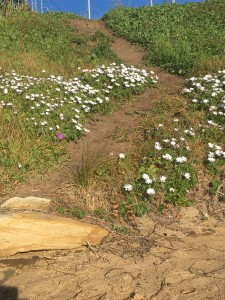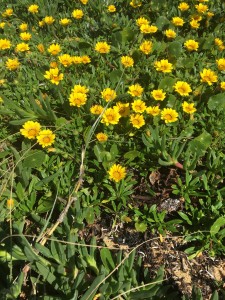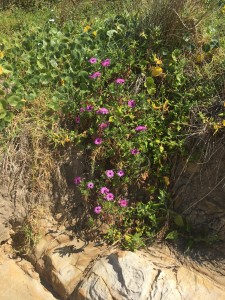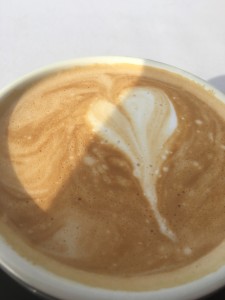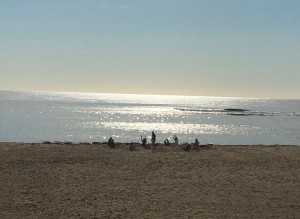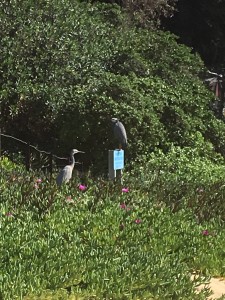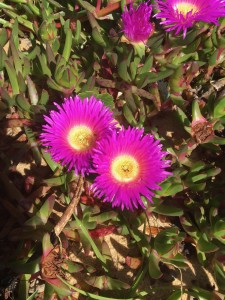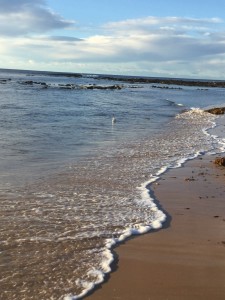
On Wing of Dawn
Thirst drove me down to the water
where I drank the moon’s reflection Rumi
Tuggerah lake spreads open
the flounce of a bridesmaid skirt
amongst the pink tulle of cloud
a singular pelican
disturbs the moon bobbing along
its reflection in perfect balance
a narcissus moment
especially when it goes down for a fish

a silken sheen
wide expanses of blue
with dark patches –
sway of grasses
from which a snake long neck
of black cormorant
rhythmically dives


what we find: time plays waggery
in the still quite
of a dawn-lake our mind
is seduced to giddiness
like the caprice of a merry -go-round
with its jangle of lights and robotic tune
what we find: frivolity at the edge
as the day works itself
into a frenzy time is not kind
the lake becomes all fire
the plovers on the jetty protest
whip-smart at our approach
what is at stake: when the world
shatters into a million shards of glass
the shimmer on the lake
for our grandchildren
the beauty of the flocks of gulls
going south to feed
how they share the wind
in their formation
the death knell rings out
past the horizon
where the hills are softened
in the curl and swirl of mist
time thrusts its body
a superficial rush
but it cannot catch the present
that hums like a Tibetan bell
long after it stops ringing
we are always putting ourselves
together again
in a broken world
like humpty dumpty
who sat on the wall
after the fall
we have to pick up the pieces and go on
this is the journey
knowing only death is paralysis
and as Frost tells us
we have miles to go
before we sleep










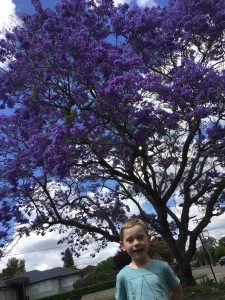 In spring its hidden buds
In spring its hidden buds


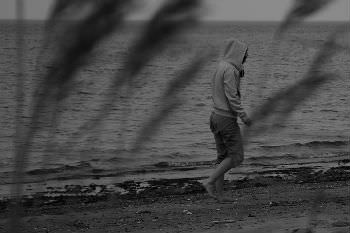
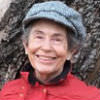 Colleen Keating is a Sydney poet. She has two published award- winning collections of poetry: A Call to Listen and Fire on Water. She is also co-editor of two anthologies on behalf oft the NSW Women Writers network.
Colleen Keating is a Sydney poet. She has two published award- winning collections of poetry: A Call to Listen and Fire on Water. She is also co-editor of two anthologies on behalf oft the NSW Women Writers network.

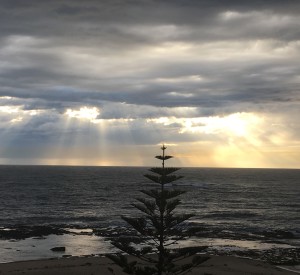
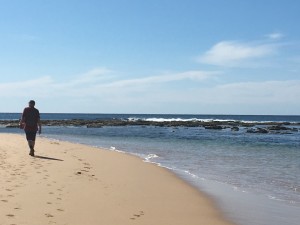 sunlight
sunlight
